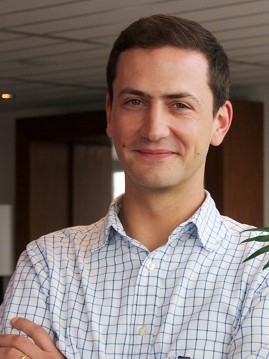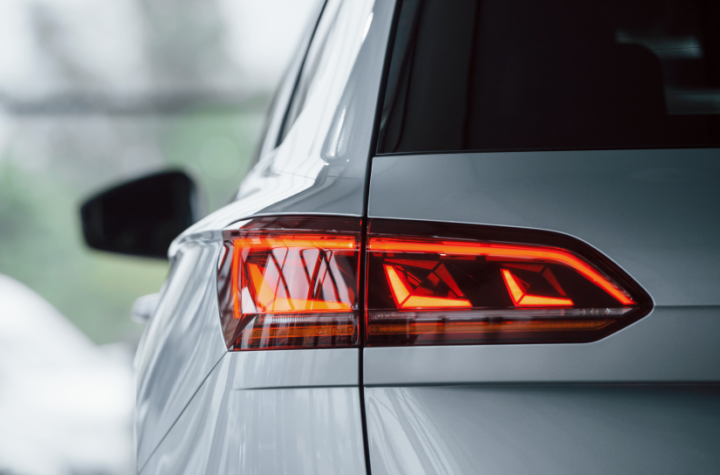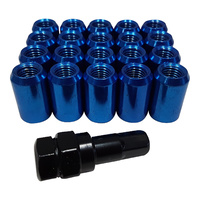
Building on its strengths as a leading supplier of location and navigation technology, TomTom has repositioned itself to better support the growth of electric and autonomous vehicles.
Automotive Industries (AI) asked Matthieu Campion, Senior Marketing Manager Automotive at TomTom, what the company’s contribution will be to electro mobility.
Campion: At TomTom Automotive we are the location and navigational technology experts. We want to be an essential partner when it comes to locating cars, people, and providing the routes and directions for the fastest most efficient routes available.
We have, for example, launched an electric vehicle charging station service which in real time gives you the location of the nearest charging station, its availability, and the type of plug it is. In the future we will allow you to book it and potentially pay for it over-the-air. This service is available in around 30 countries in Europe. We’ve already sold it to a number of car manufacturers who are going to bring it to the market over the next few months.
AI: How closely do you work with the OEMs from the development point of view?
Campion: We have a number of R&D partnerships with OEMs. One agreement signed some time ago with Volkswagen is partnership which combines Volkswagen’s expertise in car engineering and our 3D mapping for self-driving cars. Together we are working on ways to accelerate our complementary technologies. We have a similar R&D agreement with Bosch where they provide the sensor and machine learning expertise and we provide the map layer.
AI: What are the biggest present and future challenges for TomTom?
Campion: The good news is that we are making a fantastic progress in the automotive industry. Ten years ago TomTom was not a supplier to the industry. Today we have a very sizeable and growing market share of maps and software services. One of our announcements at the 2017 IAA was that we are providing North American maps for Mercedes vehicles A, B, C, & E Class vehicles. Of course, it is very complex business. The short-term challenge is that it is extremely competitive, with pressure on margins.
Over the long term we will be active in autonomous driving type technologies. There the complexity has to do with the lack of clarity. Questions which affect the whole industry include: What is the winning technical architecture? What are the winning business models? What do you really need to make self-driving cars at production volumes? We are an active partner in the sector, and we are working with the rest of the industry to clarify that road map going forward.
AI: Who are you working with at present?
Campion: One way or another, we are working with most of the major OEMs around the world. TomTom supplies three types of product: digital maps, navigation software and connected services like traffic, on-street parking and speed cams. Our customers pick and choose. For example, customers like Daimler take maps and traffic. Peugeot’s entire PSA range is powered by TomTom with maps, software, services and back-end.
AI: What is your goal for the future?
Campion: We have two parallel goals. The first is to grow market share in the automotive sector. Today there is basically a duopoly in the supply of maps to the automotive industry. There is HERE, and us. Google Maps is not really an automotive player. Our challenge is to capture and retain some 50% market share globally on all our products. Parallel to that we want to take the lead in providing the location and navigation layers for self-driving cars. A few years ago the industry was working on the assumption that it could work without maps and rely solely on sensors.
Now everybody in the industry realizes that you need maps as well. Everybody wants to make a digital map. Continental talked about it, Bosch talked about it, Mobileye is talking about it. However, developing the necessary level of expertise to meet the requirements of the automotive industry is a very, very difficult and long process. Making 3D maps for self-driving cars is not something you can just improvise. TomTom started this journey many years ago, and one of the things that sets us apart – and we think will provide us with a competitive advantage in the future – is that we are leading in terms of the format itself.
We pioneered a new 3D map format called RoadDNA, which is patented. Some 80% of the car industry is currently evaluating the format, and we are getting great feedback. We are also ahead in that we have more 360,000 km US and Europe of highway mapped with the required high level of accuracy. Last, but not least, is the fact that making maps is all well and good, but keeping them up to date is the real challenge. For that we’ve created a totally new map-making platform which significantly reduces the processing time of map updates. Simple map updates which can currently be processed in a matter of weeks, will soon be done in days – and then minutes or seconds.
AI: Are there any new areas that you are looking into?
Campion: Yes and no. In a sense we are quite focused on that location and navigation layer, but it is not only the automotive industry that needs location information. For example, we are working with Uber at the moment to provide a driver terminal for all Uber drivers in Europe. So, the opportunities lie in all sectors where our standard or high definition maps can add value.
AI: What’s next for TomTom?
Campion: TomTom is a very young company. We didn’t exist 25 years ago, and our automotive division is just 10 years old. For the past 25 years TomTom has been focusing on the consumer market, with some B2B divisions supporting the consumer electronics business. Today the focus is on B2B partnerships where we support industry. The challenge for us is to tell the world about it and to change the market perception of TomTom. There are still a few people even in the automotive industry asking if we are just a digital map maker, for example. Of course we are. But, we are much more than that. In terms of technology and market share we are really making fantastic progress.













More Stories
Envalior on track to meet global sustainability targets
AVL ThermalLab™ brings dynamic road VTMS conditions to the laboratory
QNX® Sound frees up designers to be more creative with in-car acoustics services